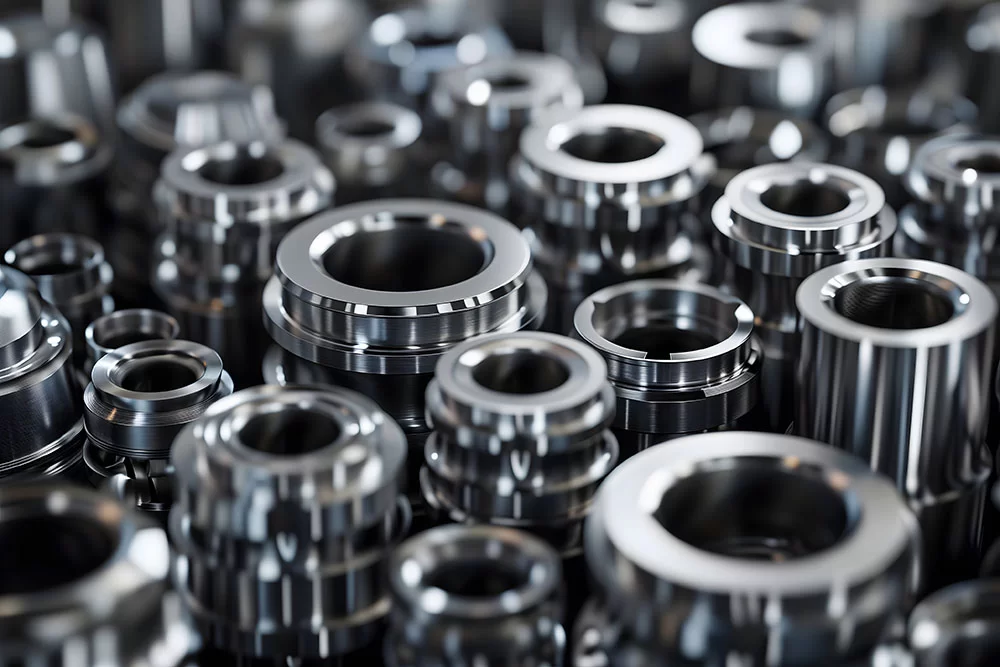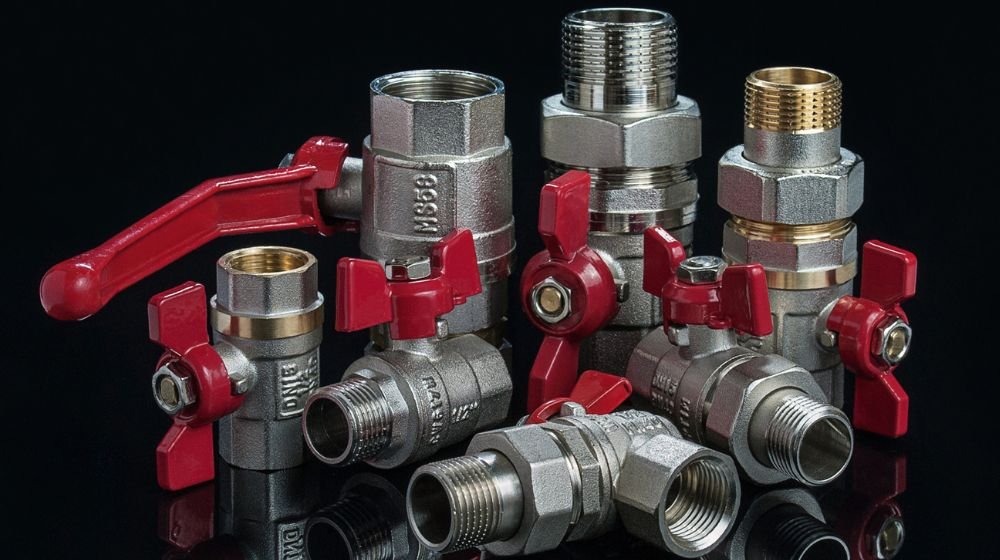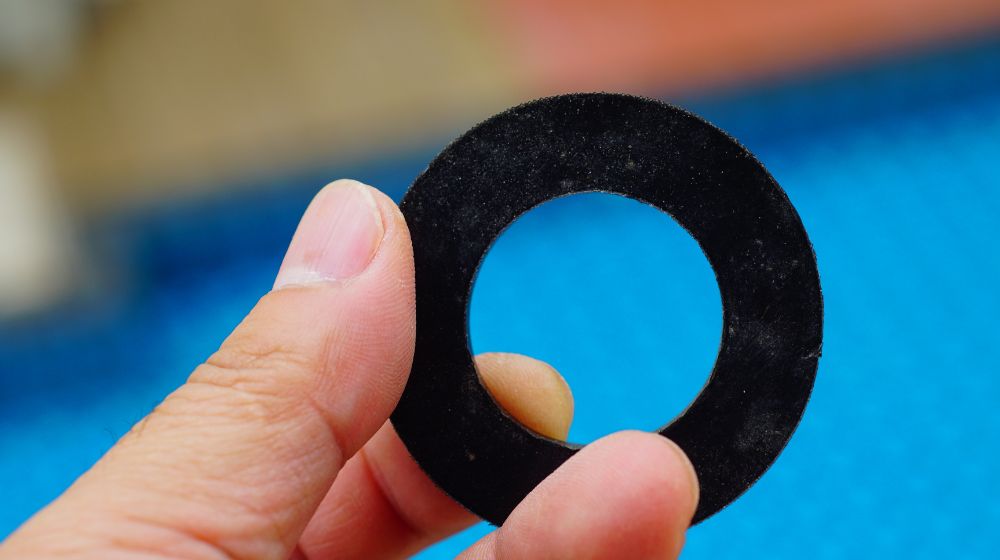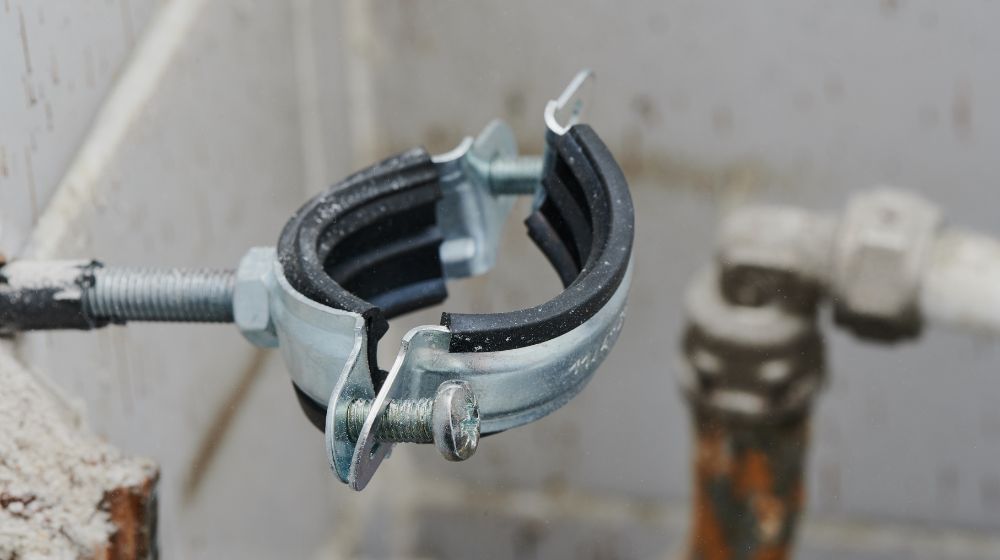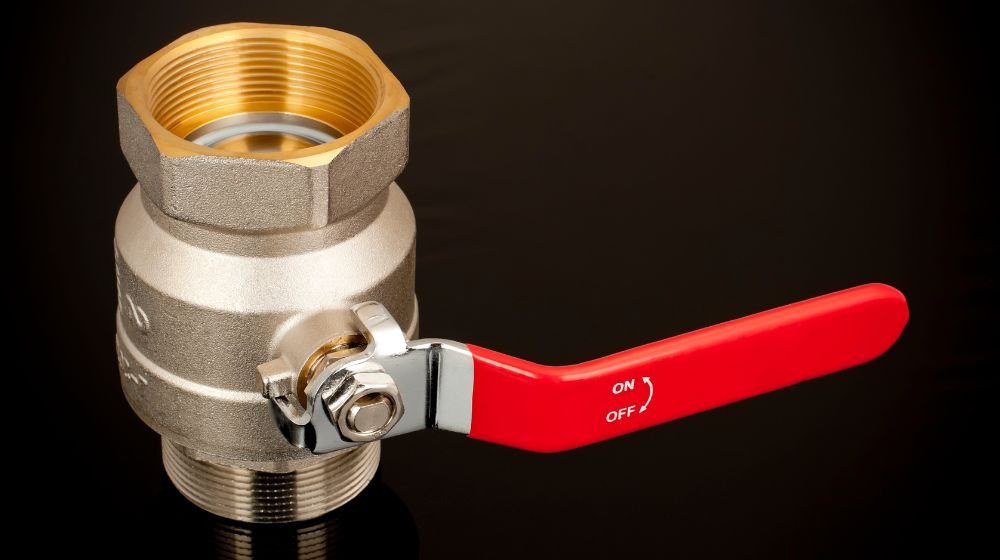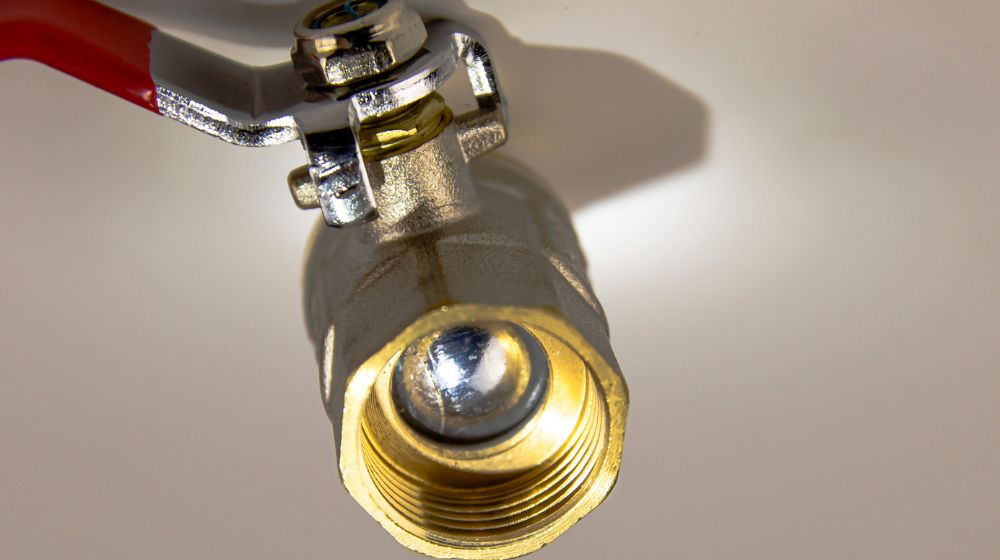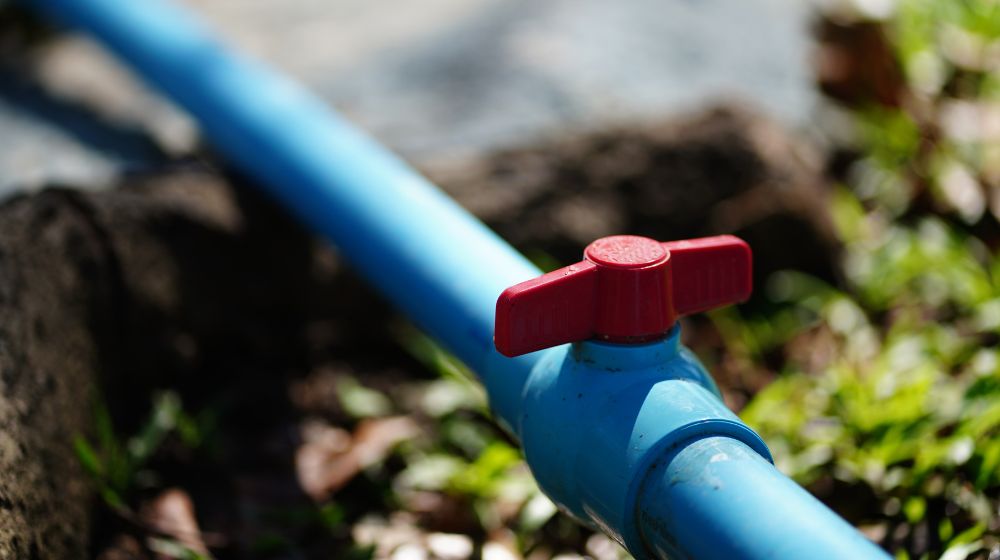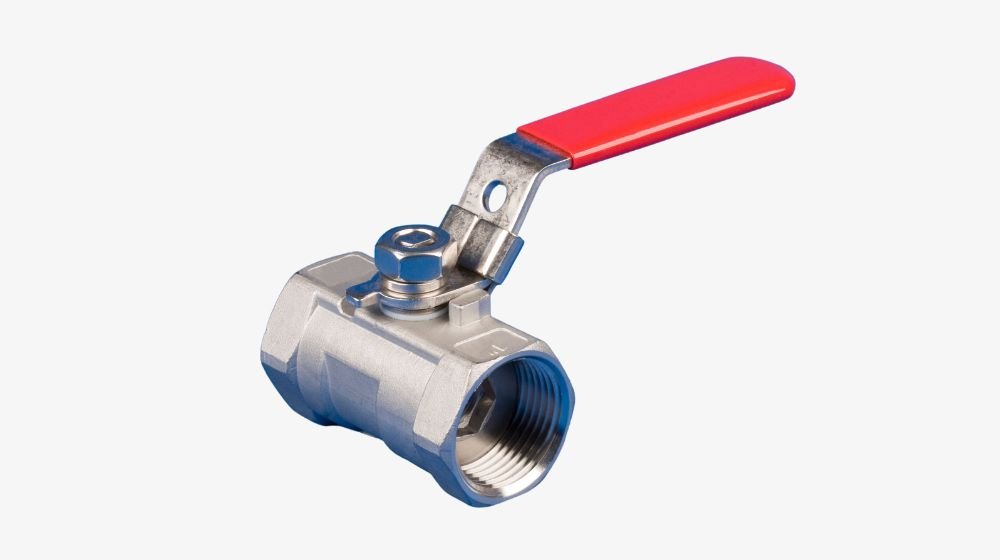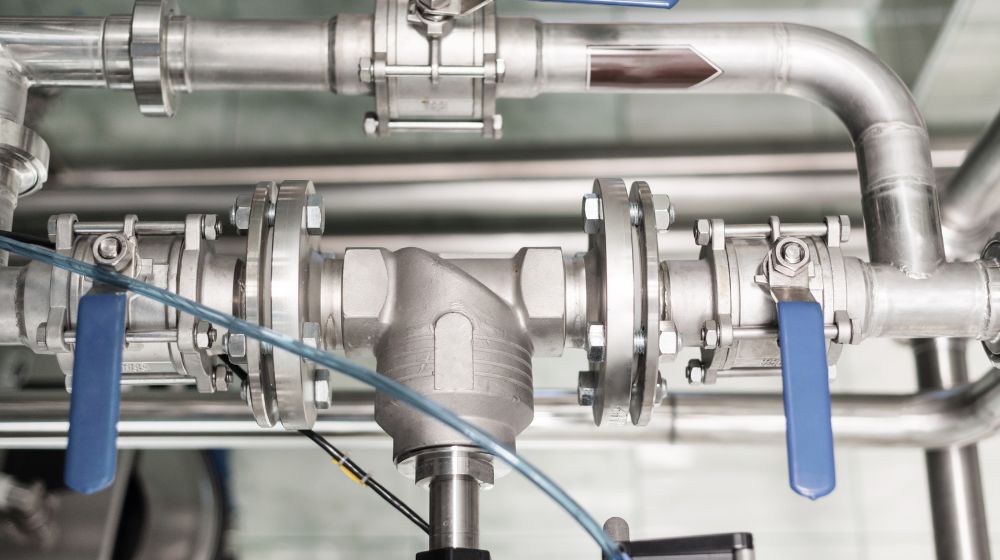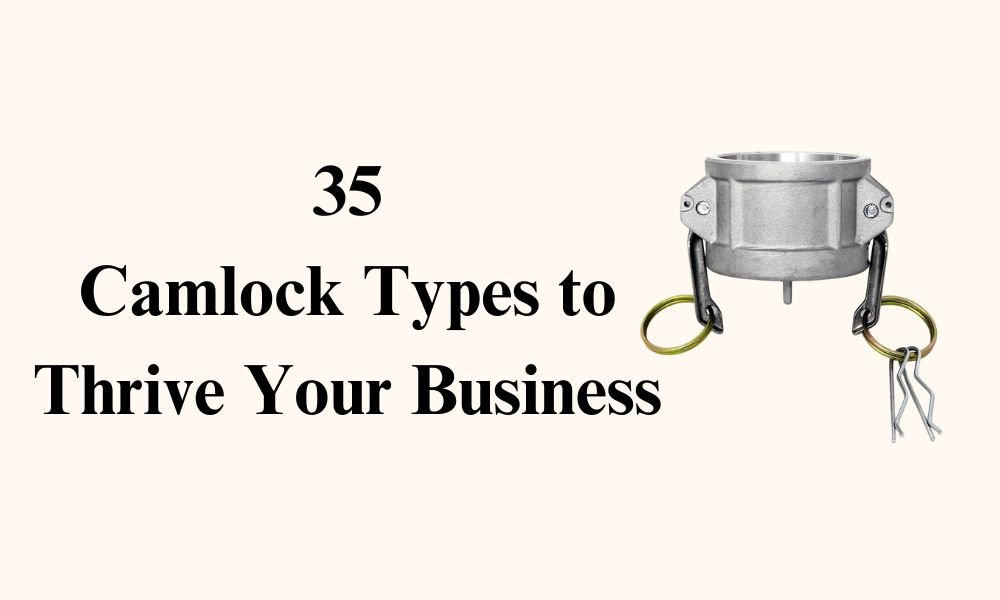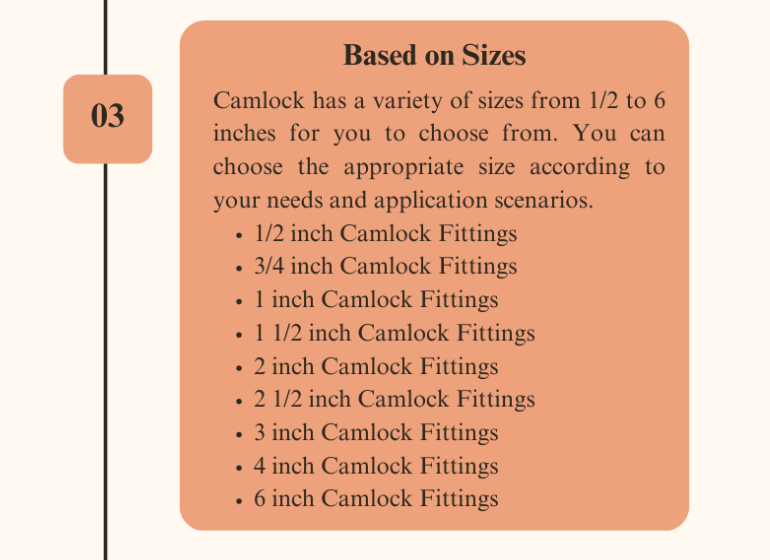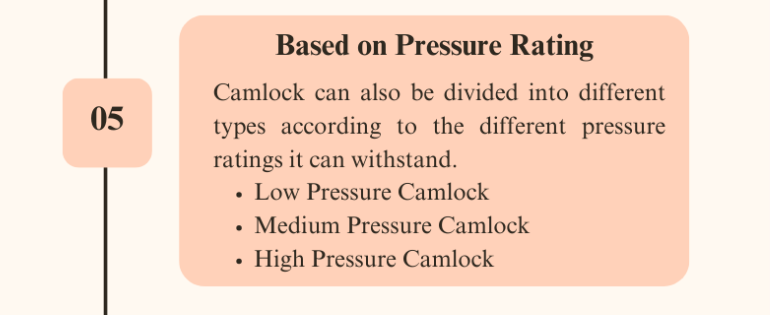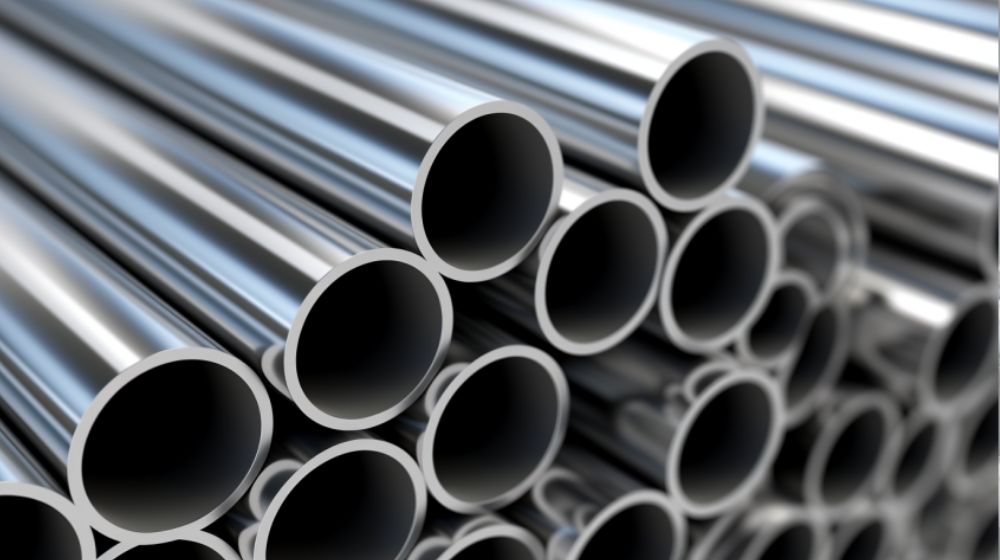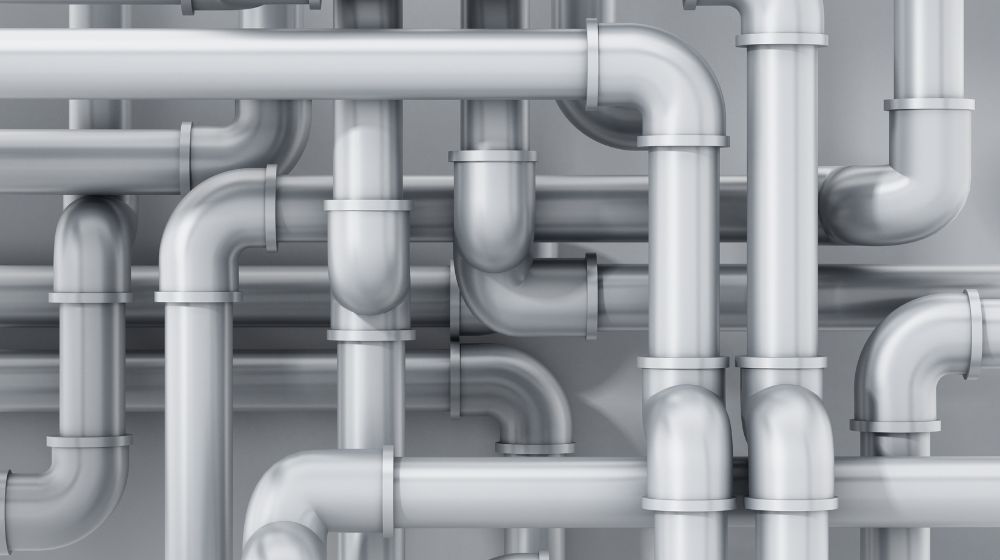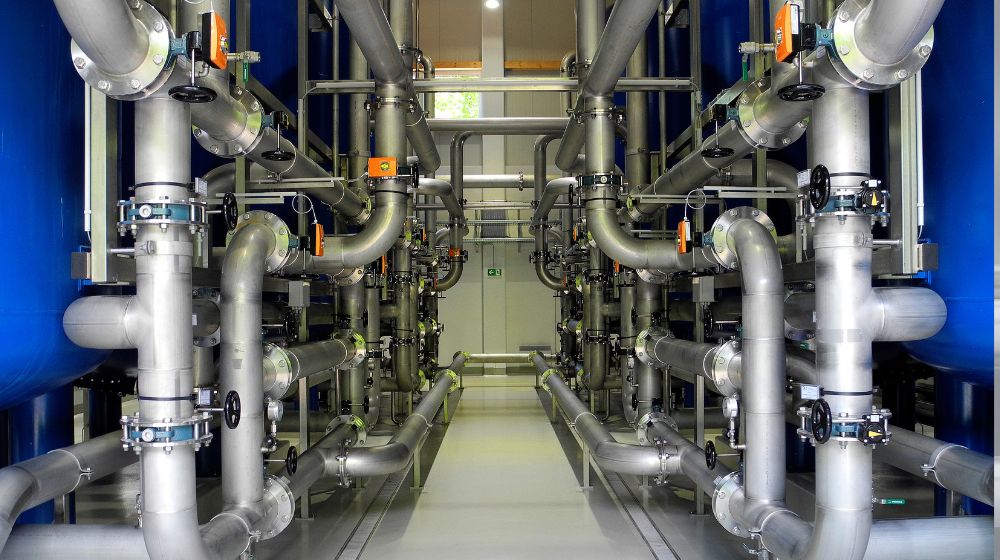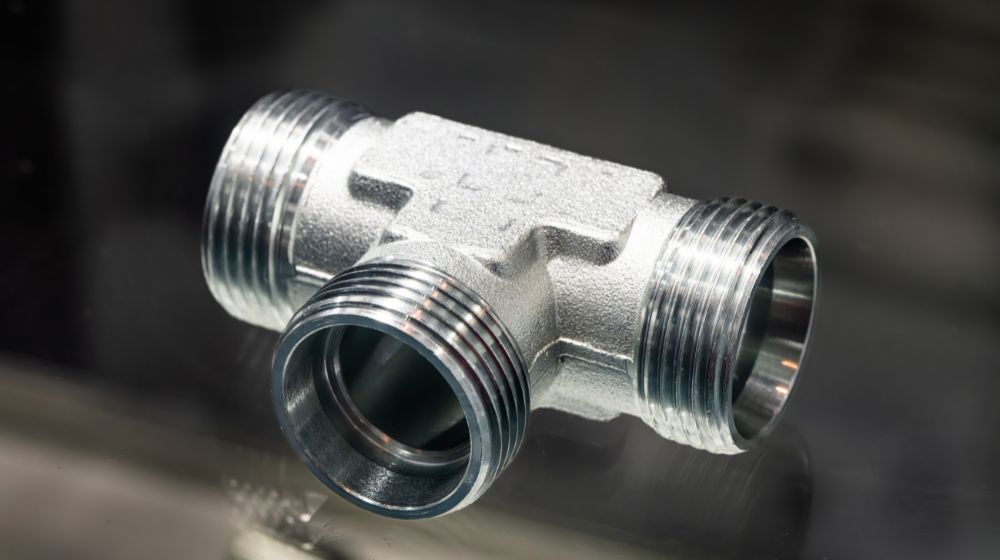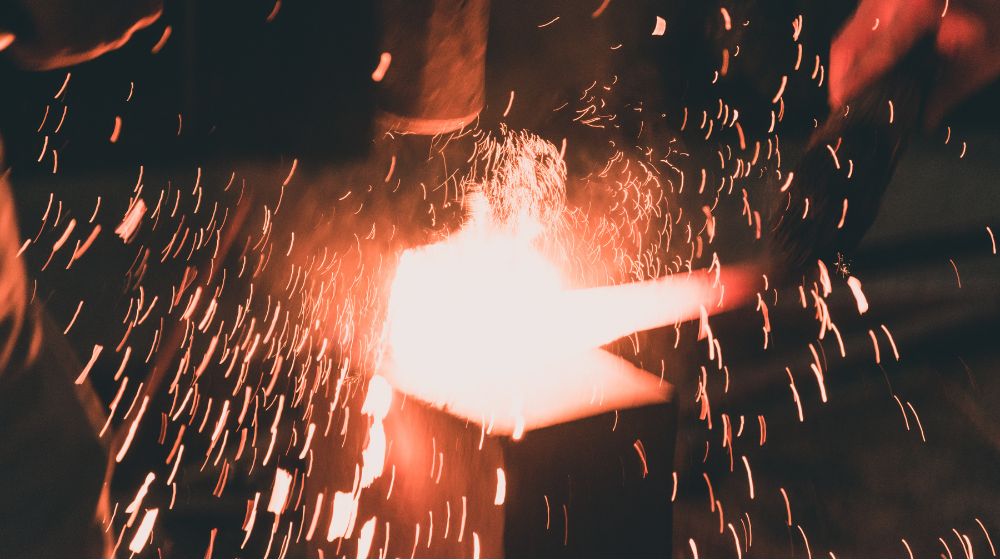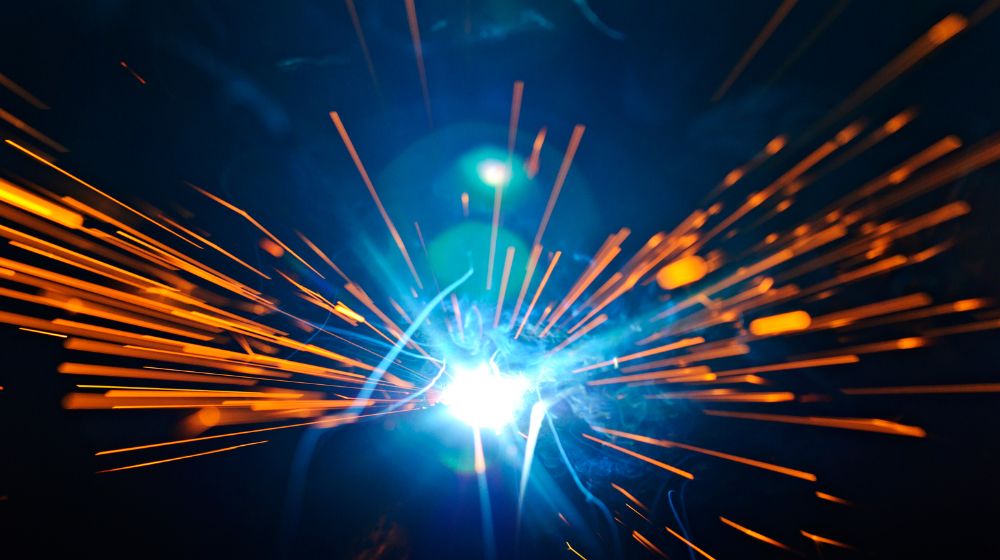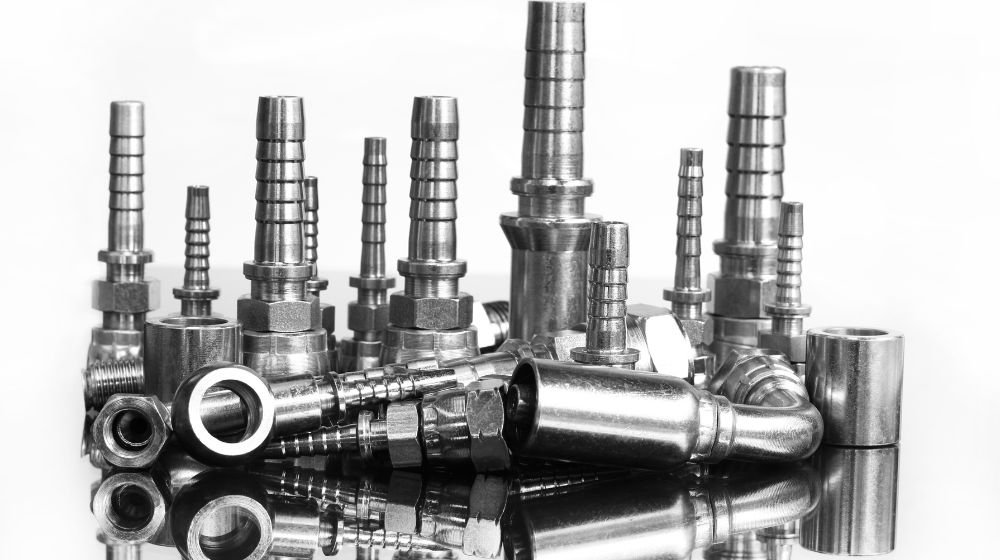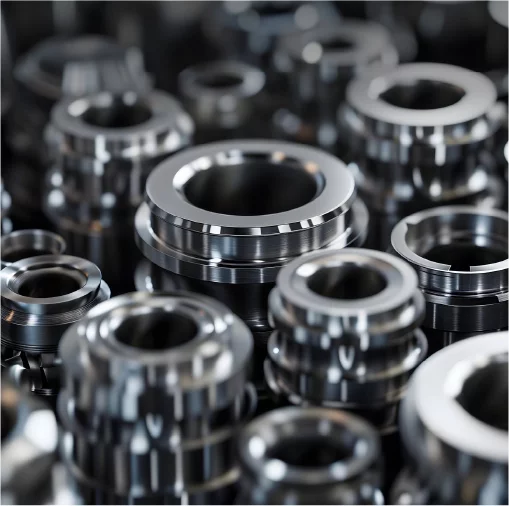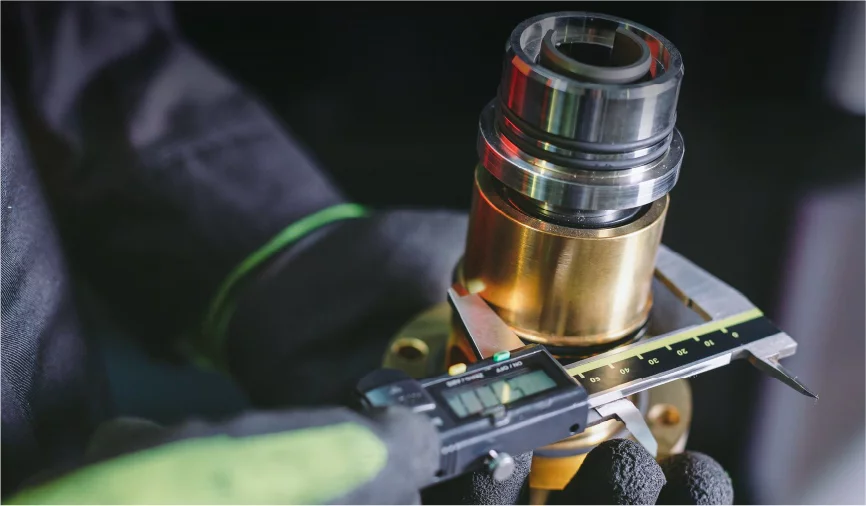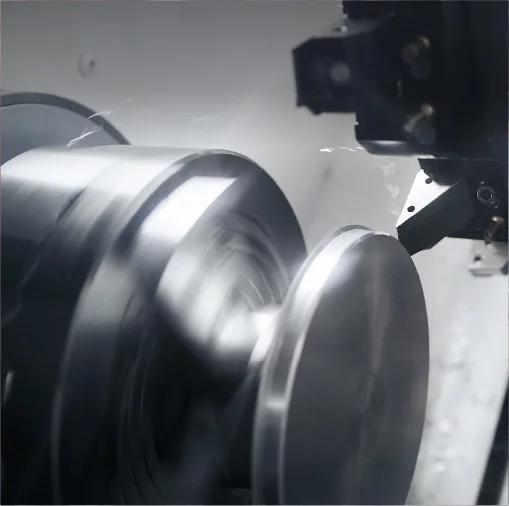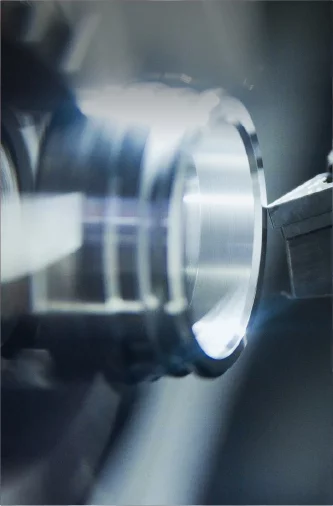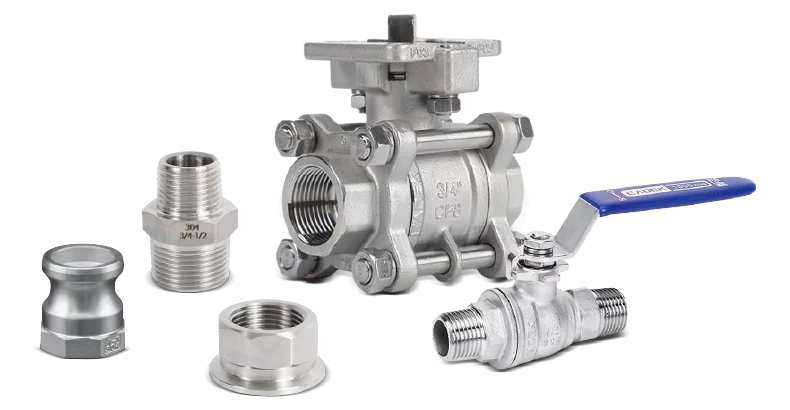볼 밸브는 유체 및 유리 이송을 위한 배관 시스템에서 널리 사용됩니다. 뛰어난 밀봉 성능, 내구성 및 내식성이라는 장점이 있습니다. 하지만 장기간 빈번하게 사용하면 볼 밸브가 오작동하거나 손상될 수 있습니다. 이 경우 볼 밸브를 교체해야 합니다.
이 기사에서는 일반적인 볼 밸브 문제, 볼 밸브 교체 단계 및 변속기 시스템의 안정적이고 지속적인 작동을 유지하는 데 도움이 되는 기타 정보에 대해 알아보겠습니다.
일반적인 문제
볼 밸브는 배관 전달 시스템의 중요한 부분이며 중요한 역할을 합니다. 하지만 모든 부품은 장기간 사용 후 오작동이 발생하기 쉬운데, 볼 밸브도 예외는 아닙니다. 다음은 볼 밸브 사용 중 발생할 수 있는 일반적인 문제입니다.
손잡이 손상
장기간 사용 및 마모로 인해 손잡이가 손상되거나, 끼거나, 회전하지 않을 수 있습니다. 또는 손잡이를 너무 세게 자주 돌리면 손잡이가 쉽게 부러져 볼 밸브 사용에 영향을 미쳐 볼 밸브가 열리거나 닫히지 않을 수 있습니다.
심각한 부식
장기간 사용 및 작동 시 볼 밸브의 여러 부품이 다양한 정도로 부식됩니다. 부식은 볼 밸브의 오작동을 유발하고 이송되는 유체를 오염시킬 수 있습니다.
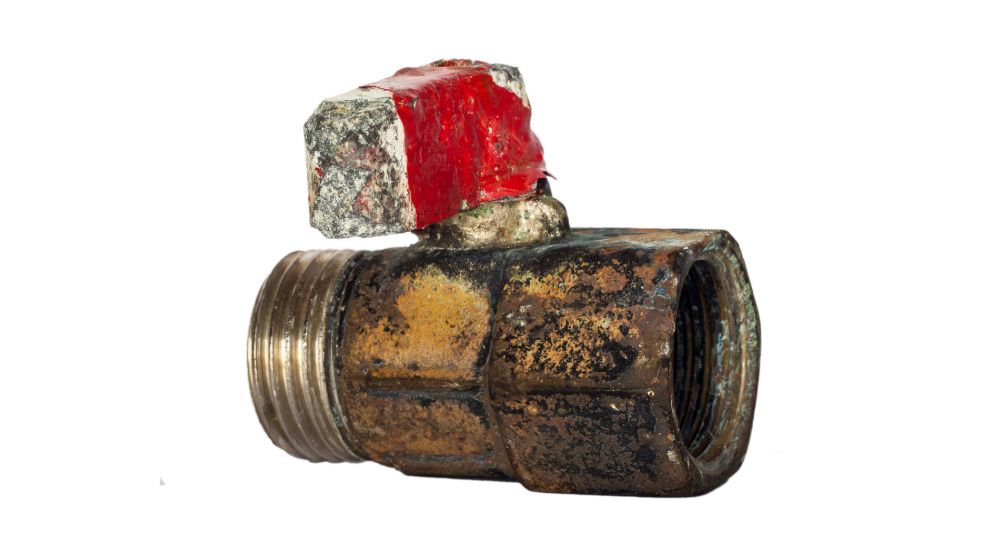
퇴적물 축적
장기간 매체 흐름으로 인해 볼 밸브 내부와 배관 연결부에 침전물이 점차 쌓일 수 있습니다. 이러한 침전물을 제때 세척하지 않으면 매체 전달 효율이 저하되고 볼 밸브의 안정적인 작동에도 영향을 미칩니다.
밸브 누출
볼 밸브는 사용 중 누출될 수 있습니다. 밸브 스템의 틈새나 씰 역할을 하는 O-링의 마모 등 여러 가지 원인이 있습니다. 간단히 말해, 볼 밸브에서 누출이 발생하면 변속기 시스템 작동에 큰 영향을 미칩니다.
볼 밸브 교체 방법
볼 밸브가 고장 나면 변속기 시스템의 안정적인 작동을 유지하기 위해 교체를 고려해야 합니다. 볼 밸브를 교체하는 방법에 대한 자세한 단계는 다음과 같습니다.
준비
도구 준비
전송 시스템 유형과 볼 밸브와 파이프의 연결 방법에 따라 적절한 교체 도구를 선택해야 합니다.
일반적으로 사용되는 도구로는 렌치, 드라이버, 밀봉 테이프 등이 있습니다. 볼 밸브와 파이프가 용접으로 연결된 경우 후속 교체 프로세스를 용이하게 하기 위해 절단 도구도 준비해야 합니다.
교체할 새 볼 밸브 준비
기존 볼 밸브의 재질(스테인리스강, 황동 또는 PVC 등)에 따라 새 볼 밸브를 선택하세요. 새 볼 밸브의 사양, 구경, 배관 연결 방식 등도 일관성이 있어야 합니다.
기존 볼밸브에 맞는 관련 볼밸브 부품을 준비합니다.
볼 밸브에 완전히 고장이 나지 않았더라도 일부 부품만 사용할 수 없는 경우가 있습니다. 이 경우 볼 밸브 전체를 교체할 필요는 없고 일부 부품만 교체하면 됩니다. 따라서 관련 부품도 준비해야 합니다.
1단계: 시스템 종료
먼저, 시스템 스위치를 꺼서 유체가 계속 흐르지 않도록 해야 합니다. 이는 후속 교체 과정에서 시스템이 계속 작동하여 불필요한 낭비를 방지하기 위한 것입니다.
동시에, 파이프 시스템 내부의 매체와 압력을 방출하기 위해 수도꼭지를 열어야 하며, 이는 이후 볼 밸브 교체에 영향을 미치지 않도록 하기 위한 것입니다.
2단계: 기존 볼 밸브 제거 및 분해
배관 시스템이 완전히 정지된 후 기존 볼 밸브를 제거하고 분해하는 작업을 시작하십시오. 이 단계는 볼 밸브 연결 방식에 따라 세 가지 방법으로 나눌 수 있습니다.
나사 연결
회전 중 파이프가 손상되지 않도록 렌치로 파이프 한쪽을 잡으세요. 다른 렌치를 사용하여 볼 밸브의 나사산을 돌려서 볼 밸브가 파이프에서 분리되고 밸브가 완전히 분리되도록 하세요. 나사산 연결 부분이 너무 조여져 있으면 윤활제를 살짝 뿌려 렌치가 부드럽게 회전하도록 할 수 있습니다. 이 과정에서 나사산이 손상되지 않도록 주의하세요.
플랜지 연결
렌치를 사용하여 플랜지의 볼트와 너트를 대각선 방향으로 푼 후 조심스럽게 분리하여 함께 보관하십시오. 볼트와 너트가 마모되어 배관 시스템 작동에 영향을 줄 수 있는 경우 교체해야 합니다. 그런 다음 플랜지 사이의 틈을 벌리되, 씰링 개스킷이 손상되지 않도록 주의하고 볼 밸브를 분리하십시오.
용접 연결
파이프에 가해지는 충격을 최소화하려면 용접선을 따라 절단하는 것이 가장 좋습니다. 절단 작업에는 전문 절단기를 사용해야 합니다. 절단 작업 중에는 안전을 확보하고, 위험을 방지하기 위해 보호 장비를 착용해야 합니다. 절단 후에는 절단 부위의 잔여물을 깨끗이 청소하고 연삭하여 절단면이 매끄럽게 되도록 합니다. 마지막으로 볼 밸브를 제거합니다.
3단계: 새 볼 밸브 설치
설치 단계는 볼 밸브가 파이프에 연결되는 방식에 따라서도 달라집니다.
나사 연결
파이프 나사산에 실링 테이프나 실란트를 바르고, 적절한 크기의 볼 밸브 나사산 부분을 파이프에 맞춰 조여 고정합니다. 나사산 연결 불량을 방지하기 위해 두 부분이 완전히 정렬되었는지 확인하십시오. 렌치를 사용하여 볼 밸브를 조이되, 파이프와 볼 밸브가 손상될 정도로 무리하게 힘을 가하지 마십시오.
플랜지 연결
플랜지 내경에 맞는 실링 개스킷을 준비하고, 볼 밸브의 플랜지 끝단을 파이프의 플랜지 끝단에 맞춘 후 삽입합니다. 그런 다음 볼트를 플랜지 구멍에 삽입하고 너트로 연결한 후, 두 개를 대각선 방향으로 조여 단단히 고정합니다.
용접 연결
먼저 볼 밸브와 파이프 사이의 용접 부위를 깨끗이 청소하여 불순물이 없는지 확인하십시오. 그런 다음 두 밸브를 정렬하고 연결한 후, 용접 장비를 사용하여 경계면을 용접하십시오. 용접 과정에서는 용접 온도 조절에 유의하십시오. 용접 완료 후에는 용접 부위 표면을 매끄럽게 다듬으십시오.
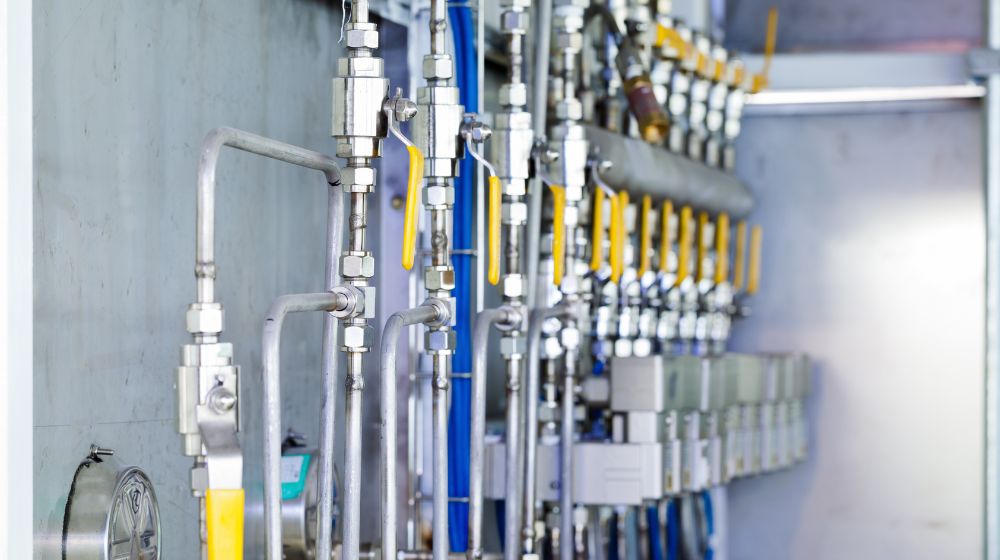
4단계: 테스트 및 확인
새 볼 밸브를 설치한 후에는 테스트 및 점검을 해야 합니다. 처음에 가동을 멈췄던 시스템을 다시 가동하여 누출 여부를 확인해야 합니다. 누출이 없으면 설치가 완벽하게 완료된 것입니다. 누출이 있는 경우 볼 밸브를 다시 점검해야 합니다.
결론
위의 내용은 볼 밸브의 몇 가지 잠재적 문제와 볼 밸브 교체 방법에 대한 구체적인 단계입니다. 이 글을 읽으시면 많은 것을 얻으실 수 있을 것으로 믿습니다.
볼 밸브는 산업용으로 널리 사용되는 밸브입니다. 시장에서 널리 사용되고 인기가 높습니다. 내구성이 뛰어난 고성능 볼 밸브가 필요하시면 언제든지 문의해 주세요. 배관 시스템의 원활한 작동을 위해 최선을 다하겠습니다.

